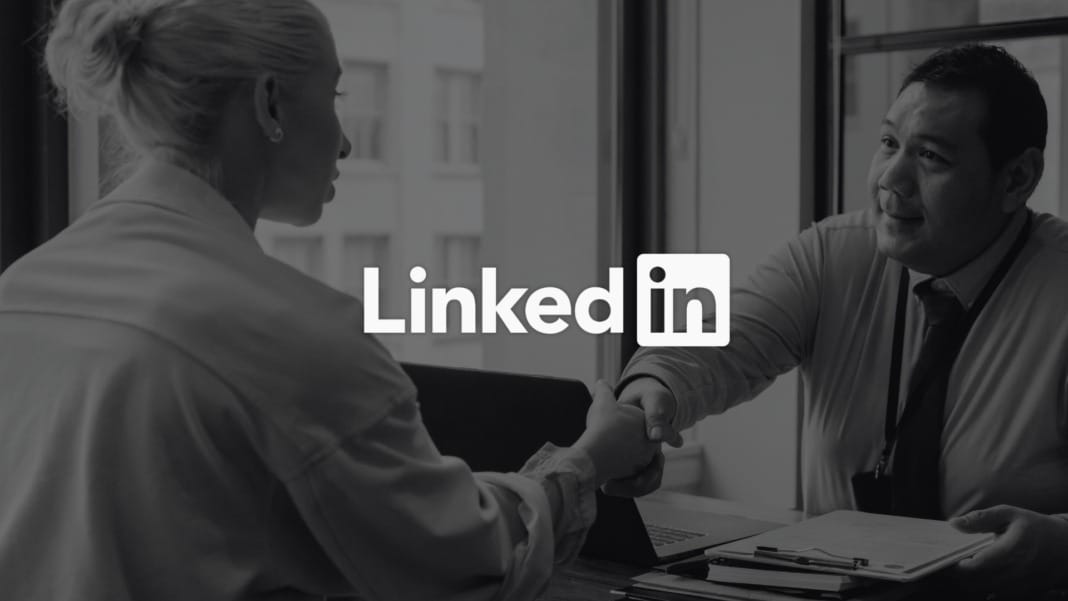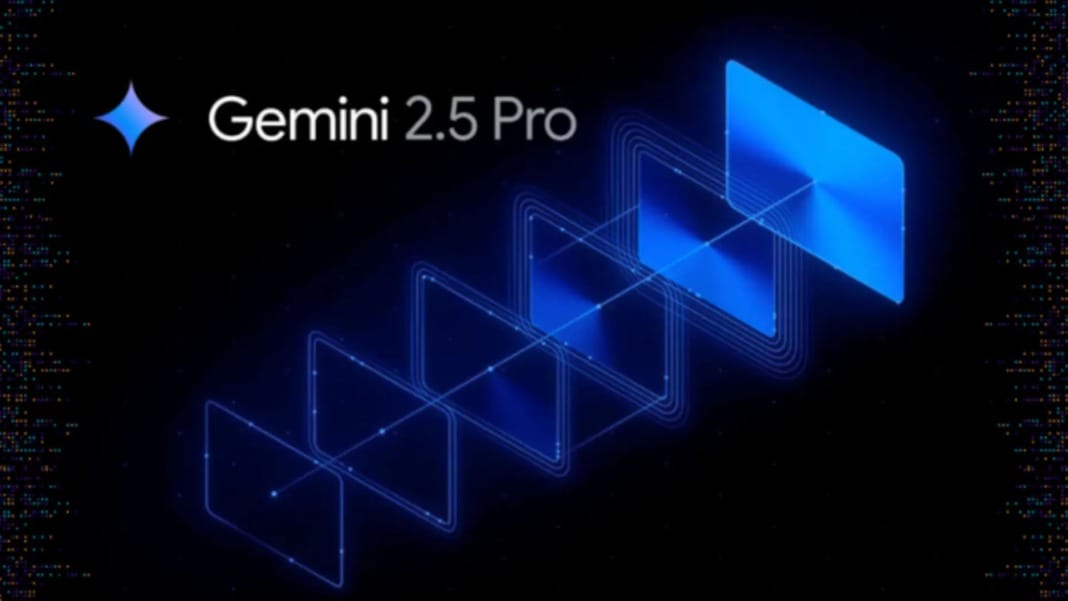Artificial Intelligence is enhancing recruitment processes and redefining how companies approach talent management and organisational growth. Across industries, AI increasingly automates repetitive tasks, allowing HR professionals to focus on more strategic, people-oriented responsibilities. This shift is crucial, especially as HR professionals face mounting demands and decision fatigue.
Hari Srinivasan, LinkedIn’s Vice President of Product, points out that many recruiters entered the field to help people find jobs, yet much of their time is consumed by administrative duties. Globally, 55% of HR professionals say expectations at work are higher than ever, and 42% feel overwhelmed by the number of decisions they must make daily. The introduction of AI offers the potential to ease these pressures by supporting better, faster decision-making and improving day-to-day efficiency.
In Singapore, the government is also driving AI adoption through its recently announced Budget 2025, which includes significant investment in digital transformation. This move aligns with national goals to strengthen productivity and innovation. However, for AI to have a meaningful impact, organisations must also invest in talent readiness. The shift towards AI-driven workplaces calls for HR to evolve into strategic business partners combining digital expertise and human insight.
The rise of AI in talent acquisition
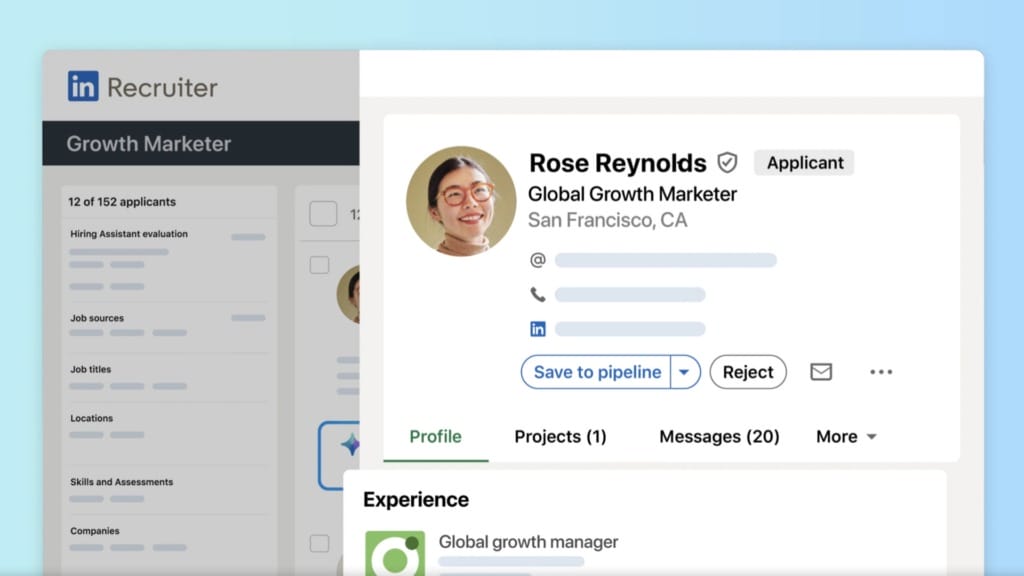
Recruitment processes have evolved significantly. AI tools are transforming how talent is sourced, assessed, and hired, areas where CV screening and interview coordination once required hours of manual effort. LinkedIn’s Hiring Assistant (LIHA) is a notable example. Currently being tested by selected customers, including some in Singapore, LIHA automates time-consuming tasks such as drafting job descriptions and reviewing applications. It enables recruiters to focus on engaging with candidates and supporting hiring managers.
LIHA also supports a growing shift towards skills-based hiring by recommending candidates based on competencies rather than academic qualifications or previous employers. This approach helps identify potential in individuals who may have been overlooked under traditional hiring models and promotes a more inclusive workforce.
Alongside these improvements in hiring, LinkedIn is also expanding how it supports employee development. Its AI-powered coaching feature, available through LinkedIn Learning, delivers adaptive training experiences based on real-world scenarios. These include activities such as delivering performance reviews, giving constructive feedback, and discussing work-life balance—skills often challenging to teach at scale. Organisations like Thomson Reuters are already using this tool to help managers refine their interpersonal capabilities, treating it as a breakthrough for professional development.
Balancing AI efficiency with human connection
While AI is capable of improving recruitment efficiency, it cannot replicate the empathy, intuition, and judgement that human recruiters bring to the hiring process. The value of soft skills—such as communication, leadership, and emotional intelligence—is rising in importance as technology becomes more integrated into HR functions.

Srinivasan emphasises that as AI handles more routine tasks, it creates space for HR professionals to focus on what truly sets them apart: building relationships and delivering meaningful candidate experiences. This human dimension is vital, particularly when evaluating culture fit and long-term potential—areas where AI can support but not replace human insight.
LinkedIn data supports this shift in focus. Its 2024 Most In-Demand Skills list ranked adaptability as the top skill globally, highlighting the increasing importance of resilience and flexibility in a rapidly changing work environment. Organisations that invest in these human strengths will be better positioned to complement AI adoption with lasting impact.
However, integrating AI into recruitment workflows is not without challenges. Businesses must ensure AI tools operate ethically, transparently, and without bias. LinkedIn continues to refine its systems to detect and correct unintended biases in algorithms or intake processes. This includes monitoring for exclusionary criteria and refining candidate-matching models to reflect a broader, more inclusive set of qualifications. The responsible implementation of AI in hiring will be essential to building trust among candidates and maintaining fairness in decision-making.
Singapore’s AI-driven workforce: Are businesses ready?
Singapore’s Budget 2025 sends a strong signal that AI will play a central role in the nation’s economic future. This is both a call to action and a test of readiness for businesses. Implementing AI successfully requires more than technology adoption—it demands a parallel investment in skills, culture, and leadership.
LinkedIn has responded by expanding its Learning platform to offer more than 1,500 AI-focused courses, with over 500,000 users worldwide already participating in generative AI certificate programmes. These initiatives help employees build critical technical skills, from prompt engineering to responsible AI practices.
However, companies must also recognise that technical skills alone are not enough. As AI systems assume responsibility for transactional work, human-centred skills—such as leadership, collaboration, and change management—become vital for organisational success. Cultivating a culture of continuous learning, where employees are empowered to reskill and evolve, is key to staying competitive.
HR professionals, in particular, need to develop a dual fluency in technology and human dynamics. Understanding how AI tools work, interpreting their outputs, and ensuring their ethical use will become core competencies in modern HR teams. Workforce analytics can also help guide this transition. LinkedIn’s insights into hiring patterns, emerging skill gaps, and internal mobility trends enable businesses to identify where they are today and what they need to prepare for tomorrow. These tools offer HR leaders a data-backed foundation for future workforce planning and talent development.
AI and talent competition in Southeast Asia
Southeast Asia is experiencing a surge in digital transformation and a growing demand for highly skilled talent. The competition to attract and retain top candidates is intensifying across industries. AI is emerging as a powerful tool to navigate this challenge, helping companies streamline recruitment while also providing personalised career development experiences.
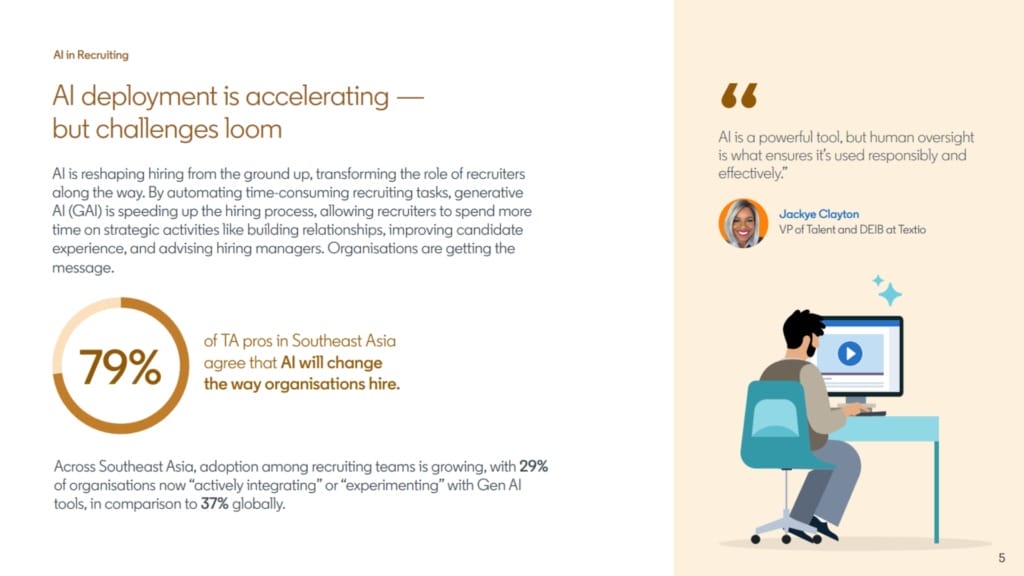
According to LinkedIn’s data, 79% of talent acquisition professionals in the region believe AI will fundamentally change hiring, and 70% expect it to improve efficiency significantly. However, candidates also raise their expectations. Jobseekers are looking for more than just a position—they want growth, purpose, and career mobility.
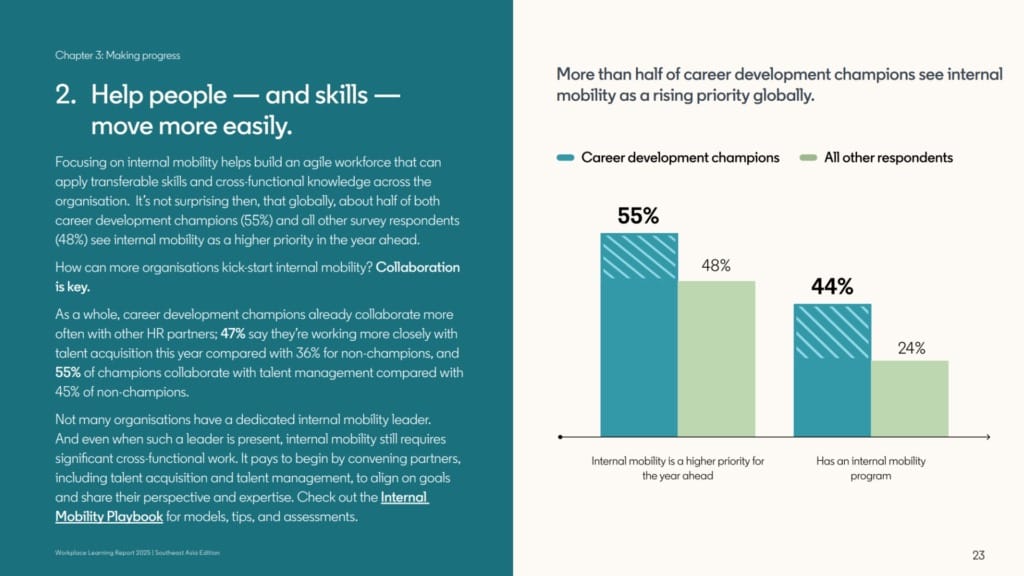
Internal mobility is now seen as a key driver of engagement and retention. A recent LinkedIn report shows that 55% of career development leaders globally identify it as a top priority. Employees increasingly value opportunities to progress within an organisation rather than move externally, and employers that can meet this demand will stand out.
AI makes this more feasible. By mapping employee skills to new roles and learning opportunities, businesses can better match talent with available positions and support ongoing development. LinkedIn’s AI-powered coaching tool also allows individuals to practise real-life workplace scenarios in a safe environment, accelerating their readiness for new challenges and responsibilities.
For businesses operating across the region, localisation remains a crucial consideration. AI can help tailor recruitment efforts and learning content to different languages and cultural norms, creating a more inclusive and practical experience for diverse talent pools in markets like Indonesia, Malaysia, Thailand, and Vietnam.
Key takeaways for HR leaders
Artificial intelligence is becoming an integral part of talent strategy, but its success depends on how well it is aligned with human capabilities, ethical practices, and organisational goals. The challenge is not simply adopting AI but doing so thoughtfully, with a focus on inclusion, transparency, and long-term value. HR leaders must ensure that AI enhances—not replaces—the human experience in hiring. Using AI to remove friction and free up time, recruiters can build deeper relationships with candidates and create more meaningful hiring journeys.
Reskilling must also be at the centre of any workforce transformation. As automation reshapes roles, employees need the opportunity to learn and grow alongside the technology. This includes upskilling in AI tools and developing soft skills that will remain critical in any future workplace.
Building fair and transparent hiring processes is equally essential. Organisations must be able to explain how AI systems make decisions, continuously audit for bias, and retain human oversight at every key point in the recruitment journey.
Looking ahead, collaboration will define the next chapter. Businesses, technology providers, and policymakers must work together to shape a future where AI supports productivity and people. Platforms like LinkedIn are uniquely positioned to help facilitate this transition—providing tools, insights, and learning pathways that equip teams to succeed. As the workplace continues to evolve, those who lead with purpose, empathy, and foresight—supported by the right technology—will define the future of hiring.
